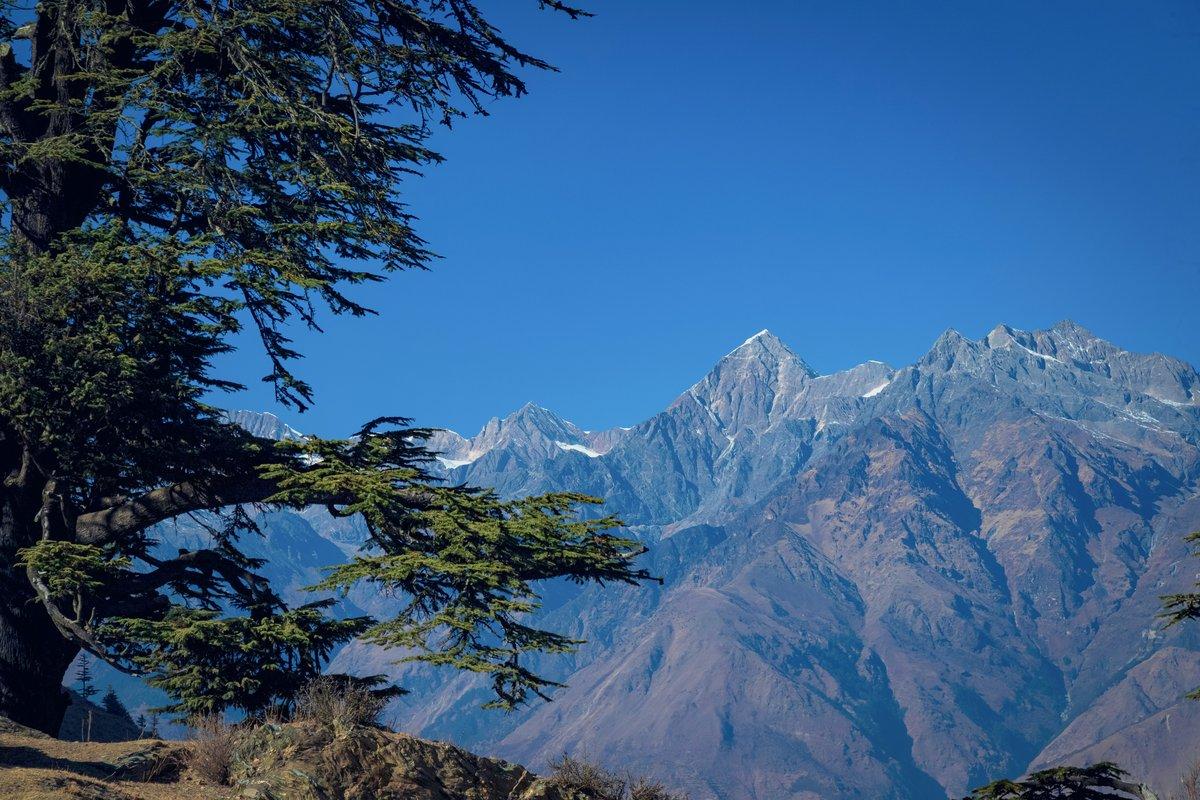
Best Time to Trek in Nepal: A Season-by-Season Guide
Nepal, home to the majestic Himalayas, is a paradise for trekkers. From the famous Everest Base Camp to the scenic Annapurna Circuit, Nepal offers treks for all experience levels. But when is the best time to go? The answer depends on what you’re looking for—clear mountain views, fewer crowds, or a unique seasonal experience. In this guide, we’ll break down Nepal’s trekking seasons so you can choose the best time for your adventure.
<hr>🌸 Spring (March to May) – Best for Flowers & Clear Skies
Spring is one of the best times to trek in Nepal. The weather is mild, the skies are clear, and the trails come alive with blooming rhododendrons.
✅ Why Trek in Spring?
✔️ Comfortable temperatures (10°C to 20°C at lower altitudes).
✔️ Stunning rhododendron forests in the Annapurna and Langtang regions.
✔️ Good visibility for panoramic mountain views.
✔️ Less risk of flight cancellations compared to winter.
🚶 Best Treks for Spring
- Everest Base Camp Trek – Perfect weather and clear mountain views.
- Annapurna Base Camp Trek – Lush green trails with blooming flowers.
- Langtang Valley Trek – A great alternative to Everest and Annapurna with fewer crowds.
💡 Tip: Spring is a busy season, so book your trek and accommodations in advance!
<hr>☀️ Summer/Monsoon (June to August) – Best for Off-the-Beaten-Path Treks
Summer in Nepal coincides with the monsoon season, bringing heavy rains, muddy trails, and landslides in some regions. However, some treks in the rain-shadow areas remain dry and accessible.
✅ Why Trek in Summer?
✔️ Fewer crowds—enjoy the trails with more solitude.
✔️ Lush green landscapes and waterfalls.
✔️ Great time for Upper Mustang and Dolpo treks, which are dry even in monsoon.
🚶 Best Treks for Summer
- Upper Mustang Trek – A restricted region with desert-like landscapes and Tibetan culture.
- Nar Phu Valley Trek – An off-the-beaten-path trek with ancient monasteries.
- Dolpo Region Trek – Home to Shey Phoksundo Lake and remote Himalayan villages.
💡 Tip: Be prepared for leeches, slippery trails, and occasional delays due to rain. Waterproof gear is essential!
<hr>🍂 Autumn (September to November) – The Best Season for Trekking
Autumn is the peak trekking season in Nepal. The monsoon rains clear the dust and pollution, leaving behind crystal-clear mountain views and perfect trekking conditions.
✅ Why Trek in Autumn?
✔️ Best visibility – Snow-capped peaks and stunning blue skies.
✔️ Stable weather with mild temperatures (5°C to 15°C at mid-altitudes).
✔️ Ideal trekking conditions—dry trails and comfortable daytime temperatures.
✔️ Vibrant festivals like Dashain & Tihar (great for cultural experiences).
🚶 Best Treks for Autumn
- Everest Base Camp Trek – Clear skies make it the best time to see Mount Everest.
- Annapurna Circuit Trek – One of Nepal’s most famous treks with stunning landscapes.
- Manaslu Circuit Trek – A quieter alternative to the Annapurna Circuit with equally breathtaking views.
💡 Tip: Since autumn is the busiest season, book your trekking permits, flights, and accommodations in advance!
<hr>❄️ Winter (December to February) – Best for Snow Lovers & Less Crowded Trails
Winter trekking in Nepal offers breathtaking snowy landscapes and fewer crowds, but temperatures can drop significantly, especially at higher altitudes.
✅ Why Trek in Winter?
✔️ Quiet trails with fewer tourists.
✔️ Stunning snow-covered mountains.
✔️ Lower-altitude treks remain pleasant and accessible.
🚶 Best Treks for Winter
- Ghorepani Poon Hill Trek – A short, scenic trek with amazing sunrise views.
- Everest View Trek – See Mount Everest without trekking to base camp.
- Lower Annapurna Region – Milder temperatures compared to high-altitude treks.
💡 Tip: If you trek in winter, bring proper gear (down jackets, sleeping bags rated for -20°C, and crampons for icy trails).
<hr>📊 Seasonal Trekking Comparison Chart
<th>Season</th> <th>Best For</th> <th>Weather</th> <th>Crowd Level</th> <th>Recommended Treks</th>| 🌸 Spring (Mar-May) | Flowers, clear views | Mild & dry | Moderate to high | Everest Base Camp, Annapurna Base Camp, Langtang Valley |
| ☀️ Summer (Jun-Aug) | Off-the-beaten-path treks | Hot, rainy | Low | Upper Mustang, Dolpo, Nar Phu Valley |
| 🍂 Autumn (Sep-Nov) | Best overall experience | Cool & clear | High | Everest Base Camp, Annapurna Circuit, Manaslu Circuit |
| ❄️ Winter (Dec-Feb) | Snowy landscapes, fewer crowds | Cold, dry | Low to moderate | Poon Hill, Everest View Trek, Lower Annapurna |
🏆 Final Verdict: When Should You Trek in Nepal?
✅ For the best weather and views: Autumn (Sept–Nov) or Spring (Mar–May)
✅ For solitude and off-the-beaten-path adventures: Summer (Jun–Aug)
✅ For winter landscapes and fewer crowds: Winter (Dec–Feb)
Regardless of when you trek, Nepal offers an unforgettable adventure. Just make sure to choose the right season based on your preferences, fitness level, and trekking experience.
<hr>🌍 Plan Your Trek with Gurkha’s Mountain Adventure
Planning a trek? Let Gurkha’s Mountain Adventure handle the details! We offer:
✔️ Expert local guides for a safe and enjoyable experience.
✔️ Custom trekking packages tailored to your schedule and fitness level.
✔️ Sustainable & responsible tourism that supports local communities.
📩 Contact us today to book your dream trek in Nepal!
<hr>
Let me know if you'd like any changes! 🚀